Coronavirus
Latest about Coronavirus
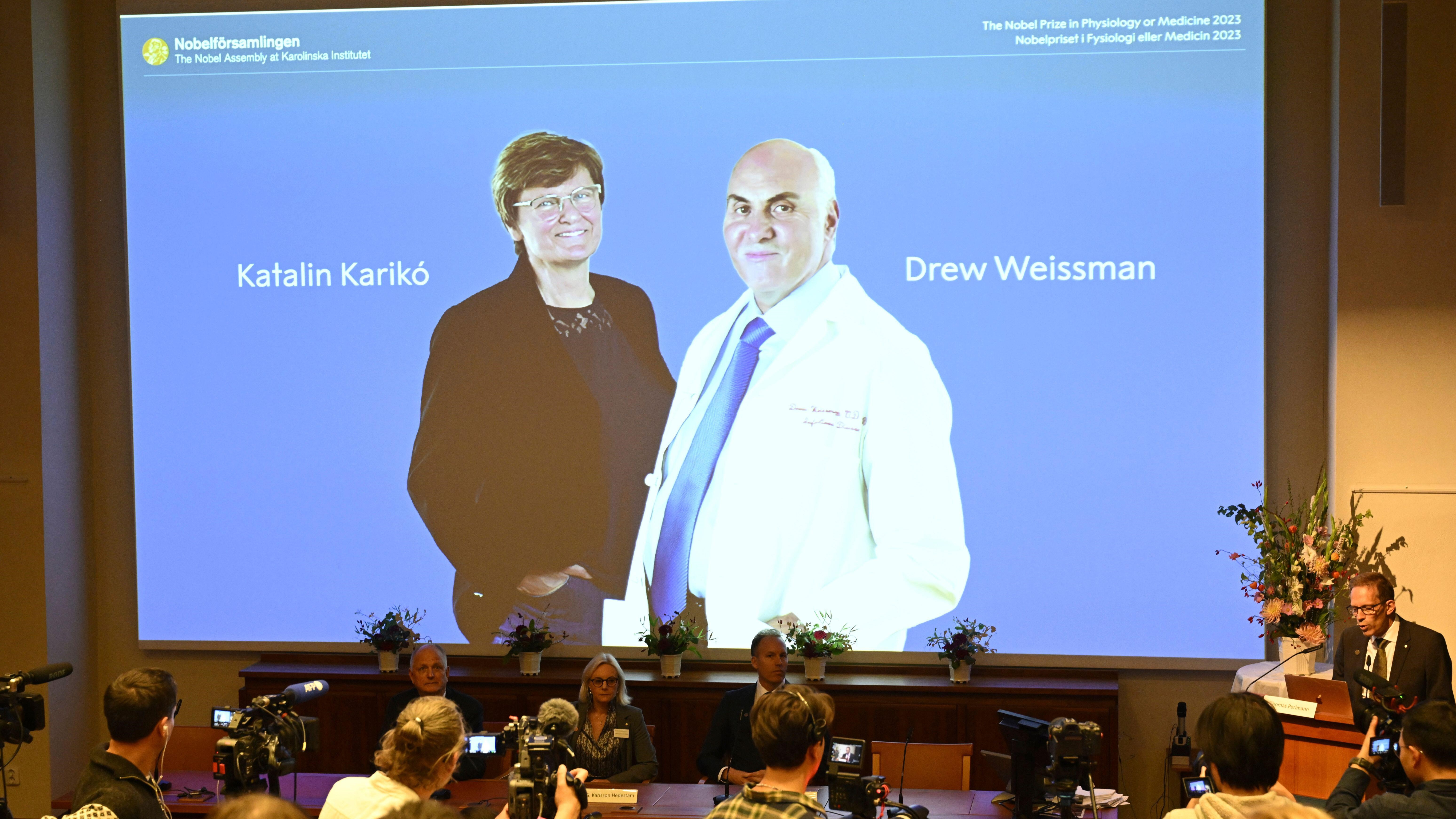
Nobel Prize in medicine goes to scientists who paved the way for COVID-19 mRNA vaccines
By Ben Turner published
Katalin Karikó and Dr. Drew Weissman won the 2023 Nobel Prize in medicine for their work on mRNA vaccines.
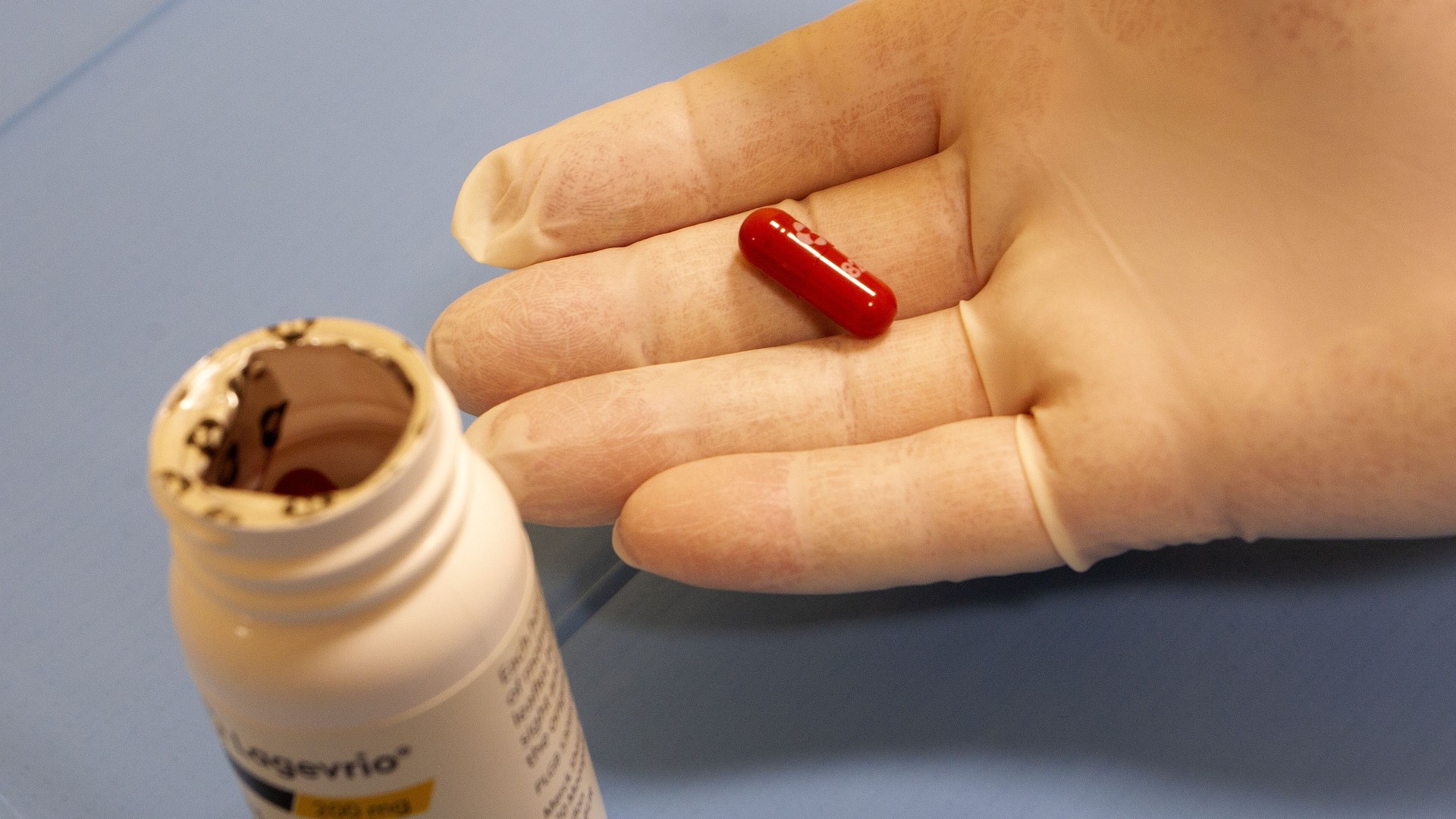
COVID drug molnupiravir may be driving the virus to mutate — should we worry?
By Emily Cooke published
The antiviral molnupiravir may be shaping the evolution of the virus behind COVID-19, but we still don't know what this means for transmission or the emergence of variants.
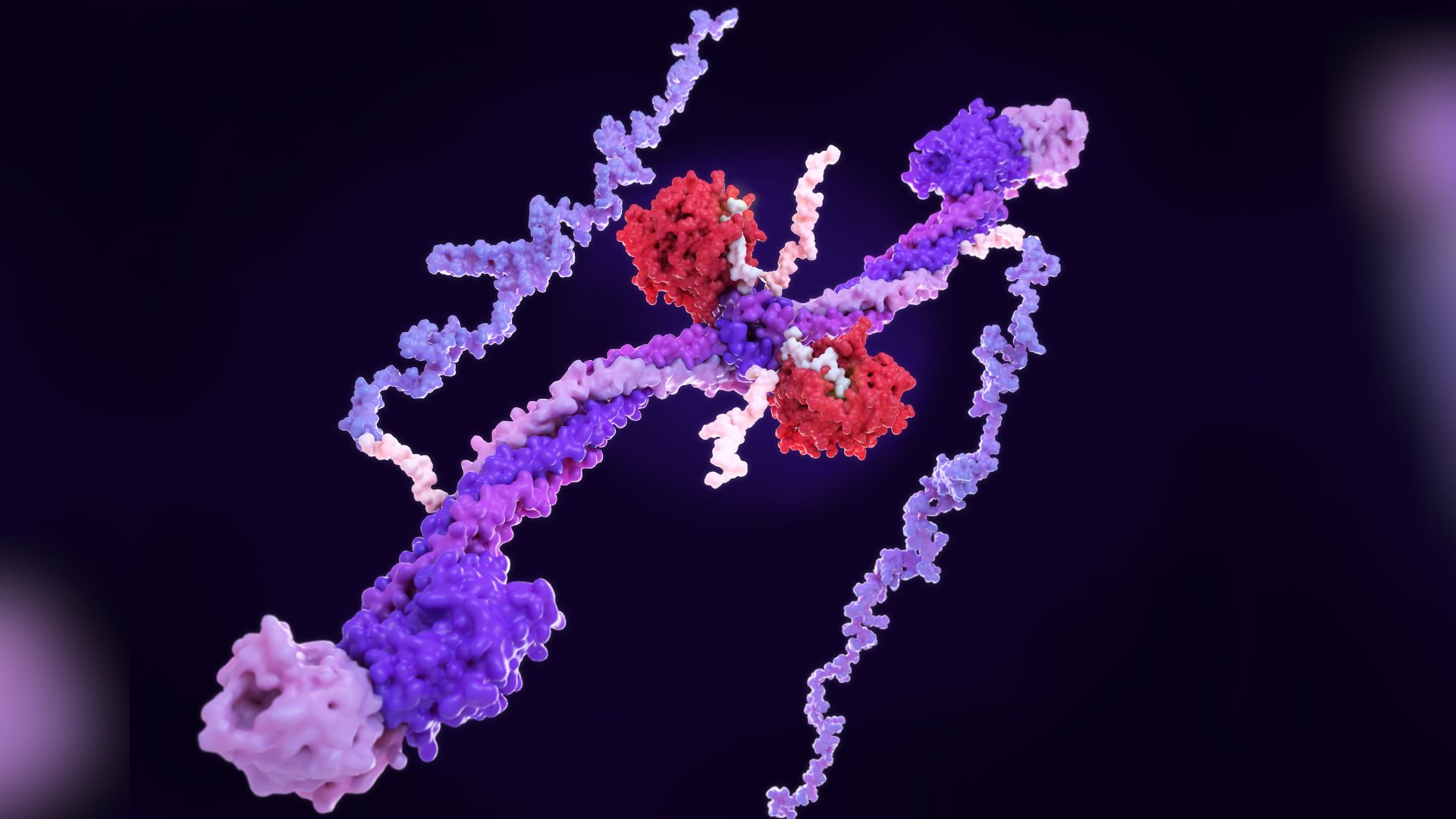
Brain fog in long COVID may be linked to blood clots
By Nicoletta Lanese published
A new study links long-COVID-related brain fog to two blood-clotting proteins.
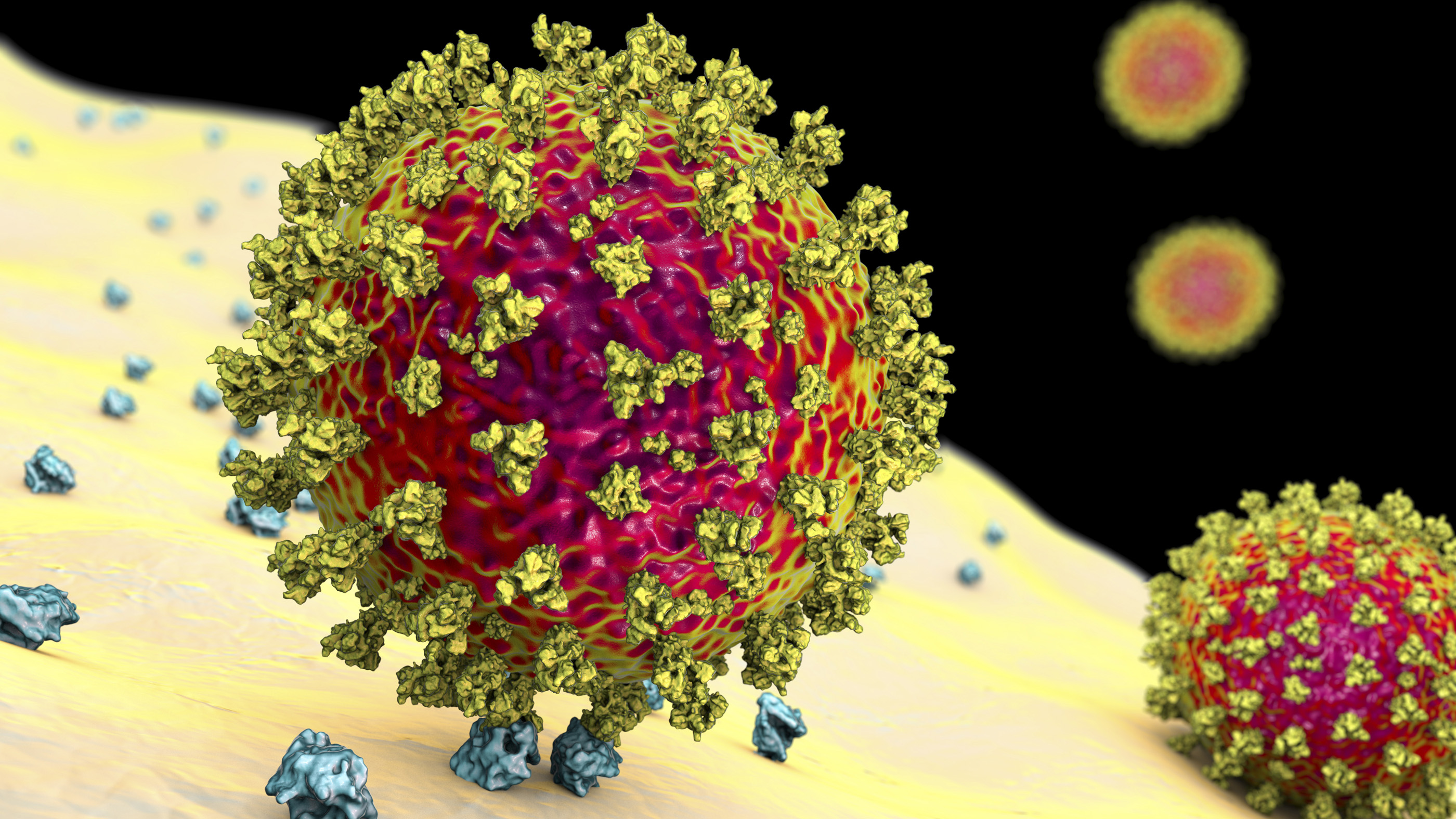
Coronavirus variants: Facts about omicron, delta and other SARS-CoV-2 mutants
By Nicoletta Lanese, Rachael Rettner last updated
Here's a look at the science behind SARS-CoV-2 variants, including the now-dominant omicron and its many defunct relatives.
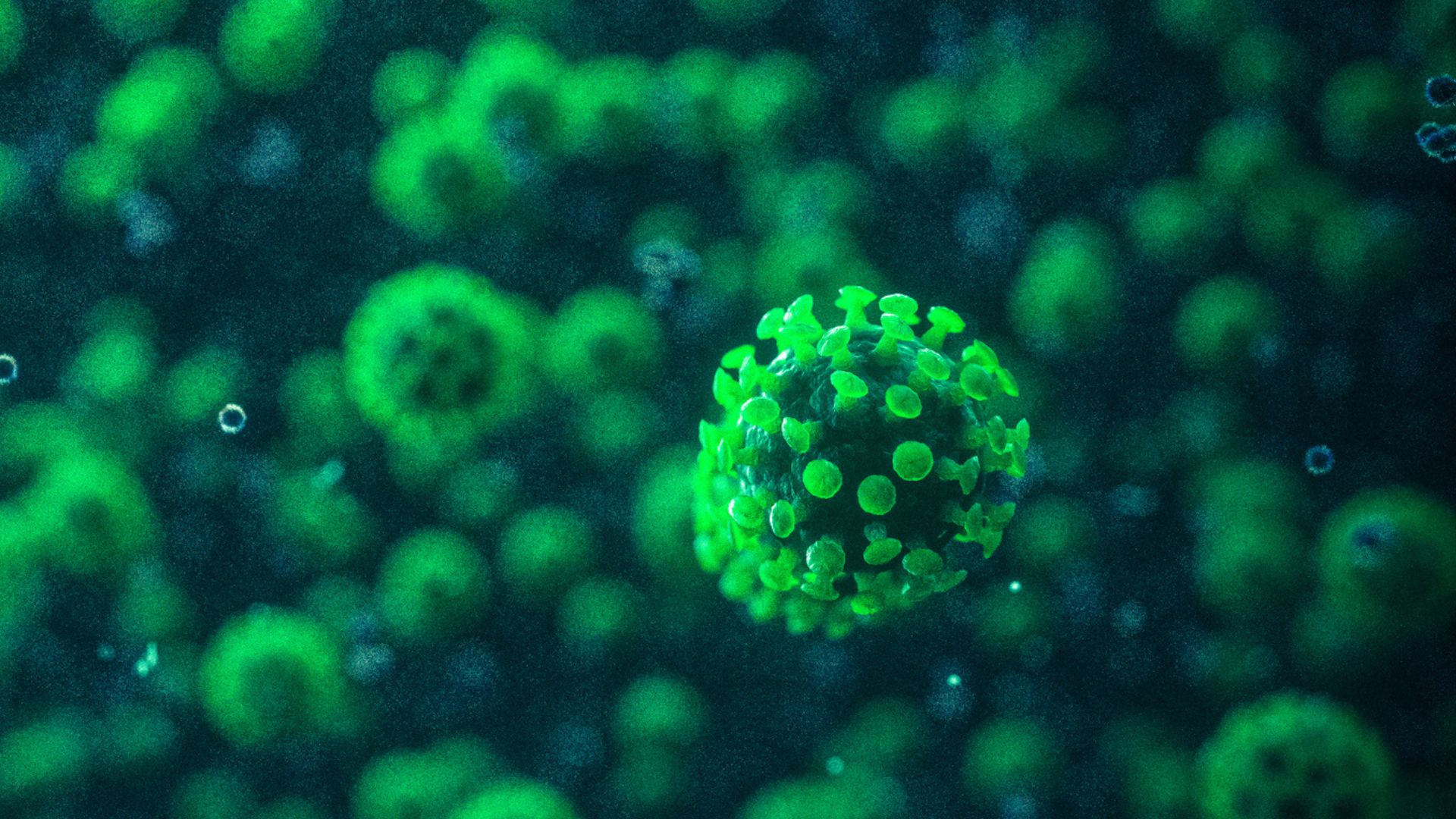
COVID subvariant EG.5 and its spawn 'Eris' now dominant in the US
By Nicoletta Lanese published
An omicron subvariant called EG.5 has become the most prevalent version of SARS-CoV-2 in the U.S. by a narrow margin, according to CDC estimates.

Can picking your nose raise the risk of catching COVID-19? The answer may (not) shock you
By Emily Cooke published
Public health measures were ramped up during the pandemic, but a new study in health care workers suggests one disease-spreading habit may have been overlooked.
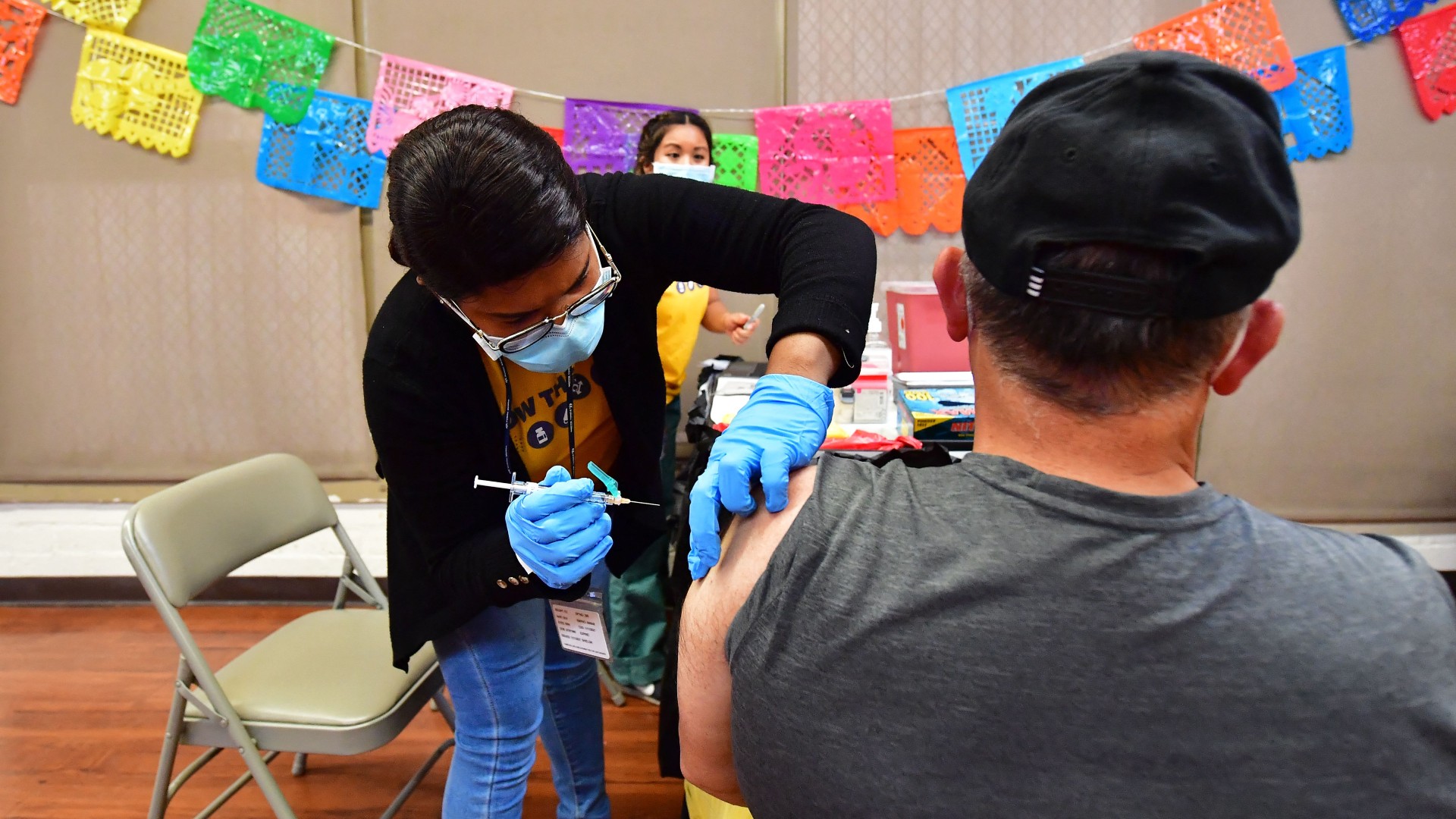
'Excess deaths' tied to COVID have plummeted in America — what does that mean?
By Kiley Price published
Data shows that America's excess death rates have mostly returned to pre-pandemic levels, reflecting the end of the public health crisis, experts say.
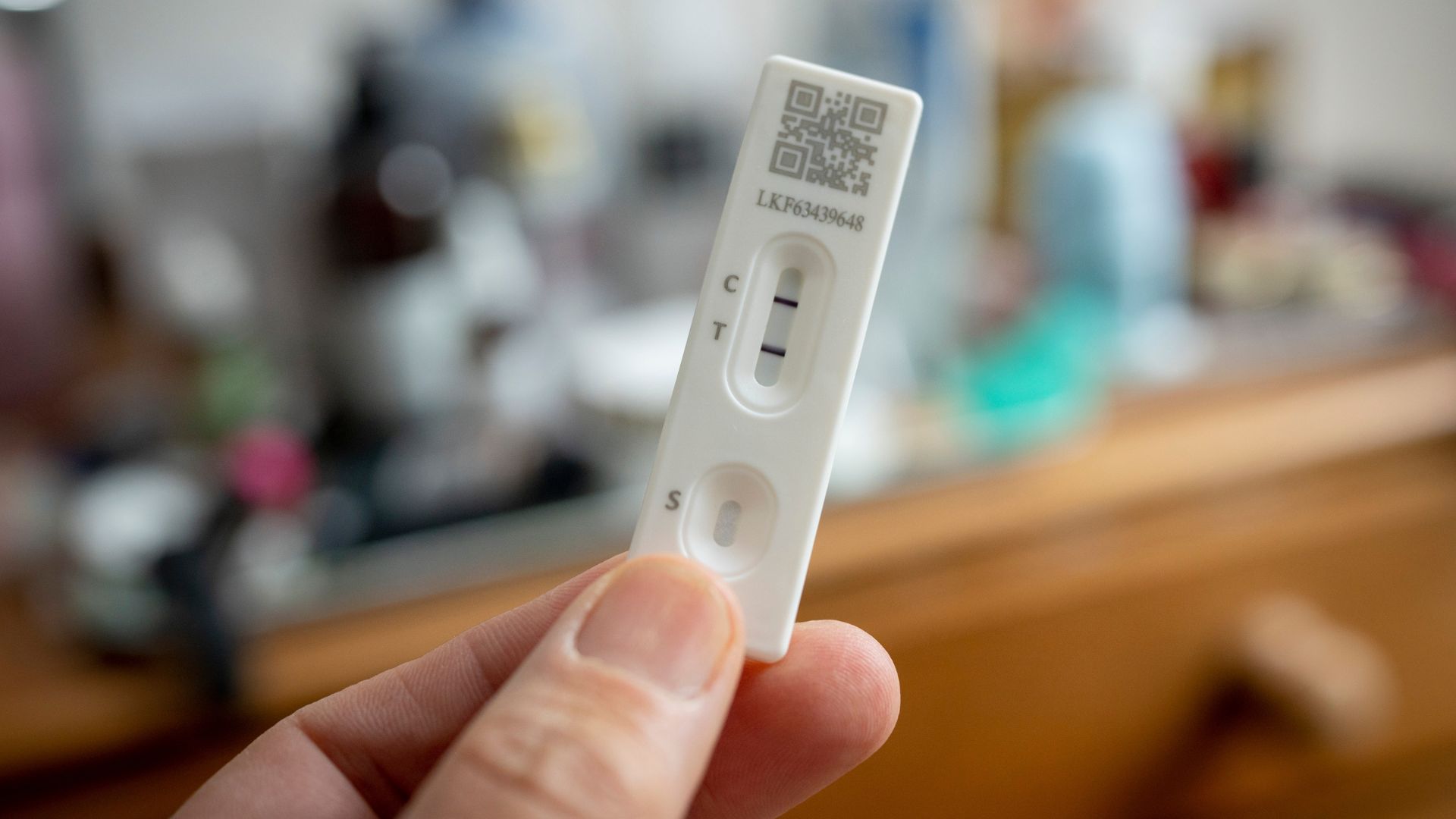
Genetic quirk could explain why not everyone shows symptoms of COVID-19
By Emily Cooke published
In a large cohort of people infected with SARS-CoV-2, a specific gene variant was more common in people who didn't show symptoms, compared to those who did.
Sign up for the Live Science daily newsletter now
Get the world’s most fascinating discoveries delivered straight to your inbox.


